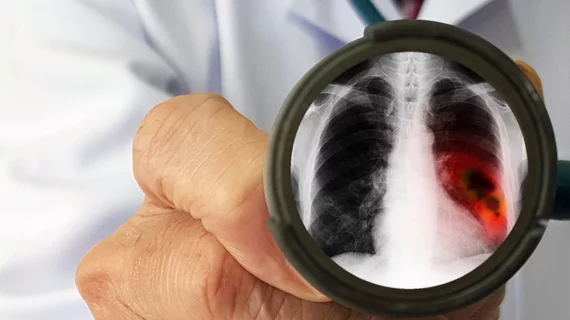American College of Radiology, emergency docs release ‘landmark’ guidance on incidental findings
Professional societies representing radiologists and emergency physicians released “landmark” new guidance Monday for ensuring that actionable imaging findings are addressed in the ED.
Published Monday in the Journal of the American College of Radiology [1], the new white paper outlines four areas of consensus between the two specialties. Those include report elements and structure, communication of findings with both patients and other clinicians, and follow-up tracking systems.
More than 150 million patients visited U.S. EDs last year, with half of those encounters involving imaging, ACR and the American College of Emergency Physicians note. Oftentimes, radiologists detect unexpected abnormalities in studies done for other purposes. But health systems frequently lack the processes to make sure that patients and providers follow through on such findings. Experts estimate that compliance for follow-up ranges from 29% to 77%, with potentially deadly consequences.
“Unlike other specialties, emergency physicians focus on addressing a patient’s possible life-threatening conditions and are less directly involved in follow-up care,” Susan E. Sedory, executive director and chief executive of ACEP, said in a statement. “Partnerships at the national and local level can enhance information sharing to help ensure all patients receive the ongoing, quality care they need.”
The two societies formed a 15-member panel—with representatives from both specialties, patients and healthcare system leadership—to compile the white paper. They sought to build consensus around ways to address this issue, including conducting a two-part survey aiming to achieve 80% agreement. All involved stakeholders held discussions following the first round, and readministered questions that unearthed disagreements.
Experts noted that there was “particularly strong” consensus among all that this is a “system-level” issue. This means that any remedies would require much more than just the individual physician or patient actions to ensure that follow-up care is executed after a radiologist discovers something unexpected.
“Strong communication and collaboration between clinicians when addressing actionable incidental findings is key to providing optimal patient care and preventing adverse outcomes,” William T. Thorwarth Jr., MD, chief executive of ACR, said in the statement. “The recommendations created by ACR and ACEP highlight a multispecialty effort between radiology and emergency medicine that aim to improve the reporting and communication of AIFs, which will ultimately benefit the patient.”
The two societies emphasized that the new document is meant to be treated as “best practices” and not new healthcare standards. Read more about their work in JACR below.

